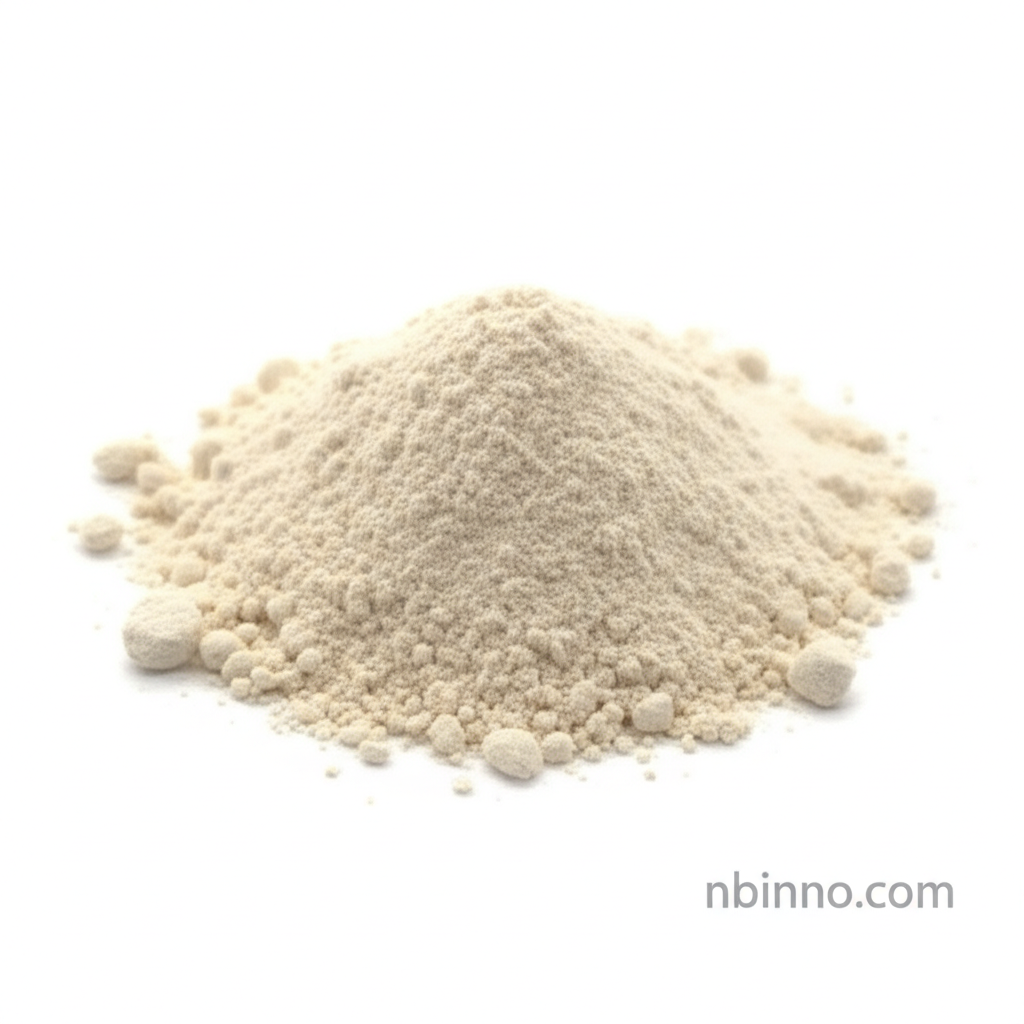High-Purity 2,6-Dichloroisonicotinic Acid: Synthesis, Applications, and Advantages
Explore the critical role of 2,6-Dichloroisonicotinic Acid in advancing pharmaceutical and agrochemical innovations. Discover its properties, uses, and why it's a sought-after intermediate for cutting-edge research and development.
Get a Quote & SampleProduct Core Value

2,6-Dichloroisonicotinic Acid
As a trusted supplier in China, we offer high-purity 2,6-Dichloroisonicotinic Acid (CAS 5398-44-7), a vital fine chemical intermediate. Its unique structure and reactivity make it indispensable for the synthesis of complex pharmaceutical agents and advanced agrochemicals. Our commitment to quality ensures that this compound meets the stringent demands of modern chemical research and industrial applications. We pride ourselves on being a reliable manufacturer in China, providing consistent quality and supply.
- Pharmaceutical Synthesis Raw Material: This compound is a critical building block in the synthesis of various pharmaceutical intermediates and Active Pharmaceutical Ingredients (APIs), enabling the development of new therapeutic agents.
- Agrochemical Building Block: Its application as an agrochemical building block aids in the creation of more effective and environmentally friendly crop protection products like herbicides and fungicides.
- Plant Resistance Induction: Recognized as a well-characterized synthetic inducer of plant resistance, it activates defense mechanisms in plants, contributing to sustainable agriculture.
- High Purity and Reliability: We ensure a purity of 99% (Min, HPLC), making it a dependable choice for sensitive synthesis processes, a key factor when considering purchasing this chemical.
Product Advantages
Versatile Synthetic Utility
Leverage the reactivity of 2,6-Dichloroisonicotinic Acid in your complex organic synthesis projects, providing a reliable pathway to novel compounds. Discover its benefits in pharmaceutical synthesis raw material applications.
Enhanced Crop Protection
Utilize this agrochemical building block to develop next-generation pesticides that offer improved efficacy and reduced environmental impact. It's a key component for better agrochemical synthesis.
Scientific Research Catalyst
As a potent plant resistance inducer, it's invaluable for researchers studying plant defense mechanisms and developing new strategies for disease management in agriculture.
Key Applications
Pharmaceutical Intermediates
This compound serves as a crucial starting material for synthesizing a wide range of pharmaceutical intermediates, supporting drug discovery and development efforts.
Agrochemical Development
Its structure makes it an ideal intermediate for creating new herbicides, fungicides, and other crop protection agents, contributing to agricultural innovation.
Plant Science Research
Used in studies to understand and enhance plant defense systems, it plays a role in developing more resilient crops and sustainable agricultural practices.
Fine Chemical Synthesis
A versatile building block in organic chemistry, enabling the synthesis of various complex molecules for diverse industrial applications.
